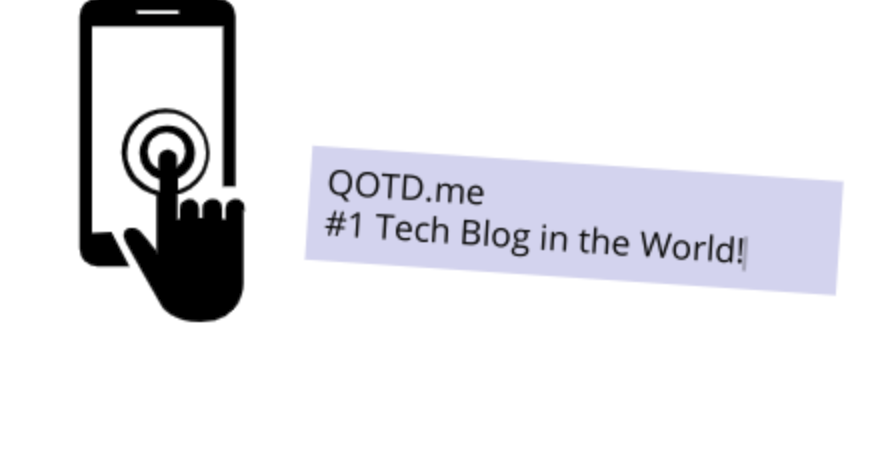With the debut of Apple Music, Apple kicked off three new services — the Apple Music streaming service, the Beats 1 and Music Radio service and Connect, a social network for fans to “connect” with their favorite artists. Connect allows fans to follow a musician who can share music, photos and other information with their followers. It’s meant to be an outlet for musicians to interact on a more personal level with those Apple Music users who enjoy their music.
Though many people may find Connect to be a useful tool to stay up-to-date with their favorite bands, there are some users who prefer not to use the social network and would like to remove it completely from the Apple Music interface. Thanks to Apple’s strict Parental controls and its tight controls over social networking services such as Connect, anyone can turn off the music-based feature in just a few minutes following the simple steps listed below.
- Open the Settings app.
- Go to General > Restrictions > Enable Restrictions.
- Enter a parental control password — write this password down as you will need it to access the Restrictions menu to make changes in the future.
- Scroll through the parental controls until you see “Apple Music Connect.”
- Use the toggle to disable “Apple Music Connect.” (Similar to other iOS toggles, a green color indicates the feature is enabled, and gray color confirms it is off.)
Once you turn off Apple Music Connect, you can return to the Music app, which should be “Connect-free.” You should no longer see the Connect tab, which has been replaced by “Playlists.” If the Connect tab still appears, simply force close the music app using this guide and re-open it to display the changes you made. If you want to restore Connect and start using it again, just reverse what you did above by opening Settings > Restrictions and using the parental controls to unblock the Connect social network.
